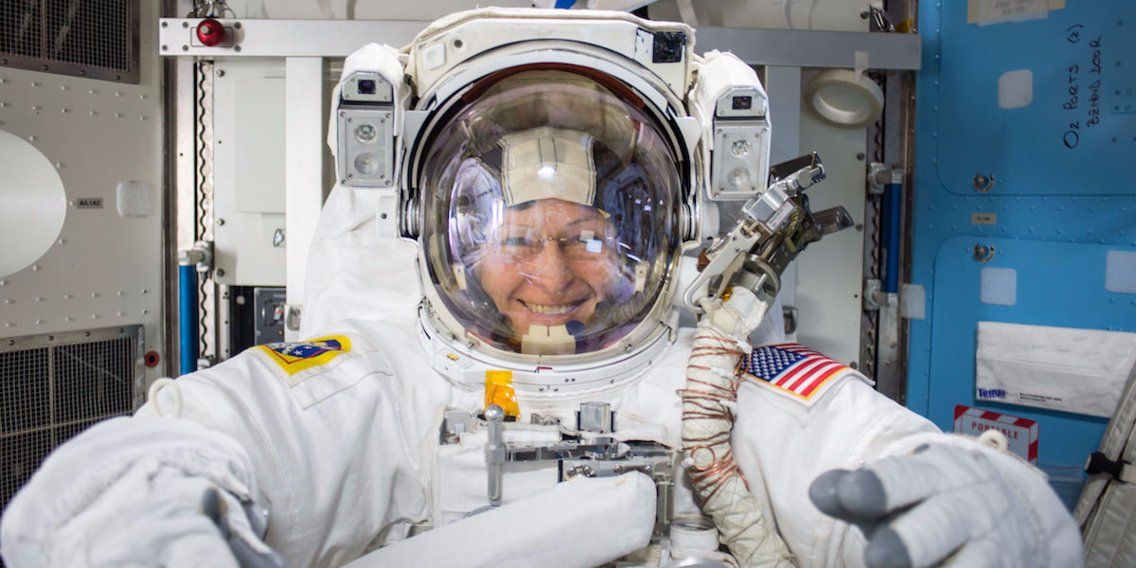Jun 17, 2018
Four billion years of evolution in six minutes
Posted by Genevieve Klien in category: evolution
Did humans evolve from monkeys or from fish? In this enlightening talk, ichthyologist and TED Fellow Prosanta Chakrabarty dispels some hardwired myths about evolution, encouraging us to remember that we’re a small part of a complex, four-billion-year process — and not the end of the line. “We’re not the goal of evolution,” Chakrabarty says. “Think of us all as young leaves on this ancient and gigantic tree of life — connected by invisible branches not just to each other, but to our extinct relatives and our evolutionary ancestors.”

















